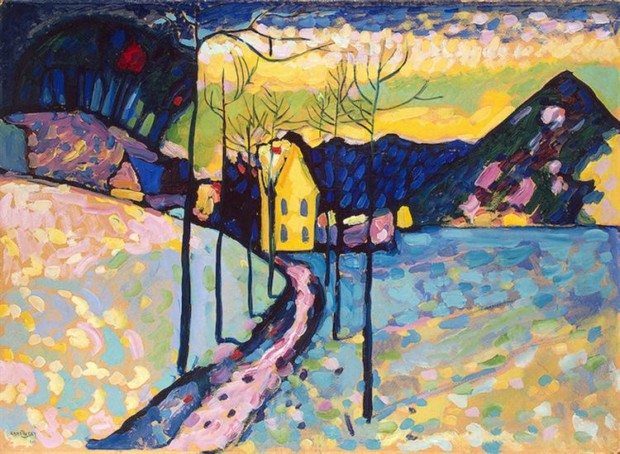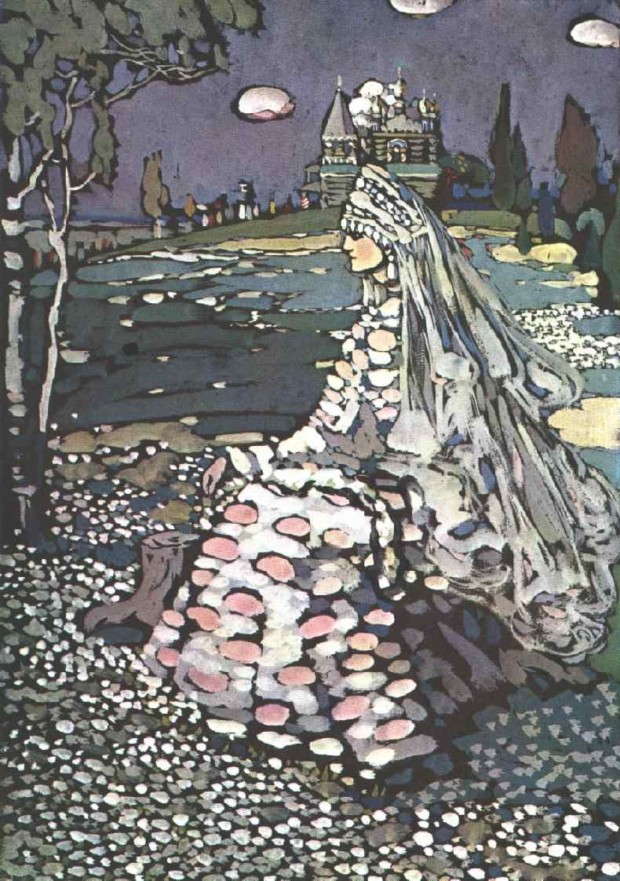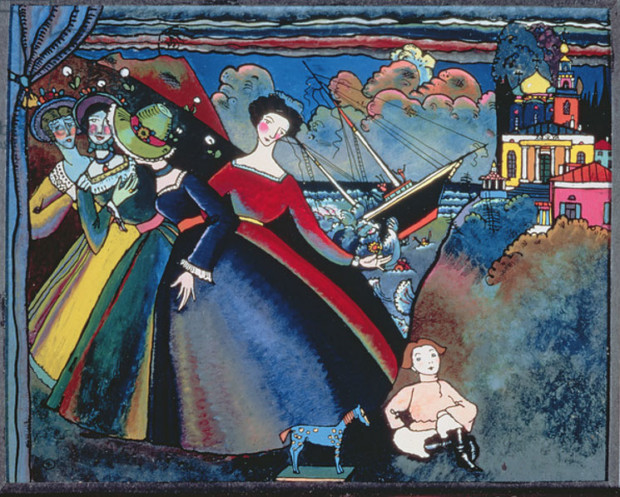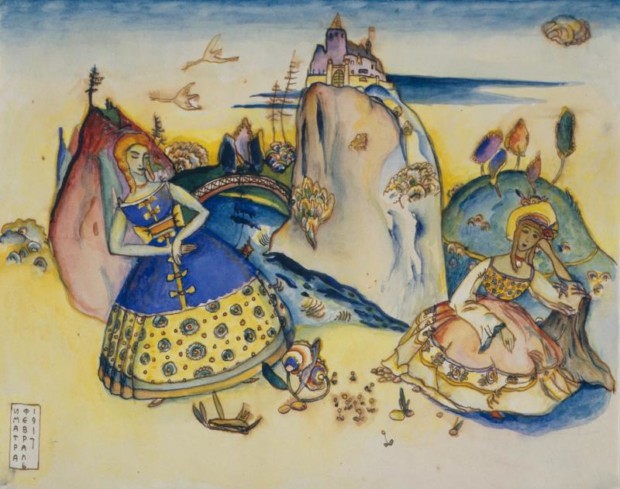Ferdinand Hodler – The Painter Who Revolutionized Swiss Art
Ferdinand Hodler was one of the principal figures of 19th-century Swiss painting. Hodler worked in many styles during his life. Over the course of...
Louisa Mahoney 25 July 2024
155 years ago today, Wassily Kandinsky was born in Moscow! He is chiefly associated with Der Blaue Reiter, an international group of avant-garde artists based in Munich who believed that art can save humanity. However, before this Russia-born artist became the leader and main theorist of the group who pulled painting towards abstraction, he painted in a wonderfully vibrant style influenced by the Pointillism of Seurat and the Fauvism of Matisse. Moreover, the colorful worlds of his canvases were immersed in the ethereal atmosphere of Russian folk tales, which to me are very wintery and magical.


Kandinsky was a very talented writer and his most important work, which influenced the development of art, was entitled On the Spiritual in Art, which he published in 1912. One of the most important quotes from this book which synthesizes his ideas on the role of art and artists goes:
Color is a means of exerting direct influence on the soul. Color is the keyboard, the eyes are the hammers, the soul is the piano with many strings. The artist is the hands which plays touching one key or another purposively to cause vibrations in the Soul.

In 1918 he said:
Lend your ears to music, open your eyes to painting, and… stop thinking! Just ask yourself whether the work has enabled you to ‘walk about’ into a hitherto unknown world. If the answer is yes, what more do you want?

This captivating work was made using a folk Bavarian technique of reverse oil painting on glass called hinterglasmalerei. It means that an artist draws in reverse, taking into account perception of a viewer. This scene is one of many which depict ladies and cavaliers, horse riders, and amazons, painted in the style of early symbolism. Kandinsky called them bagatelles.

DailyArt Magazine needs your support. Every contribution, however big or small, is very valuable for our future. Thanks to it, we will be able to sustain and grow the Magazine. Thank you for your help!